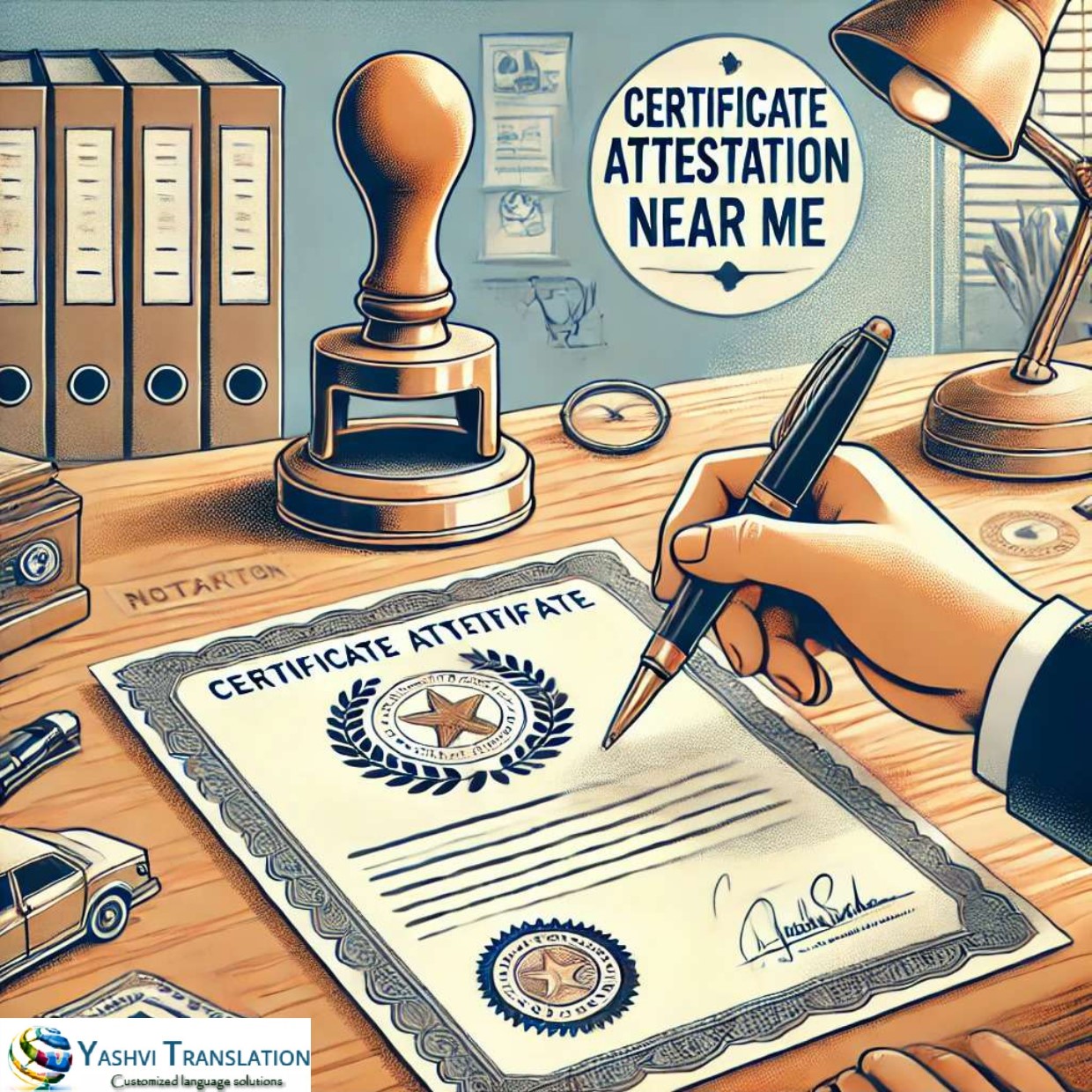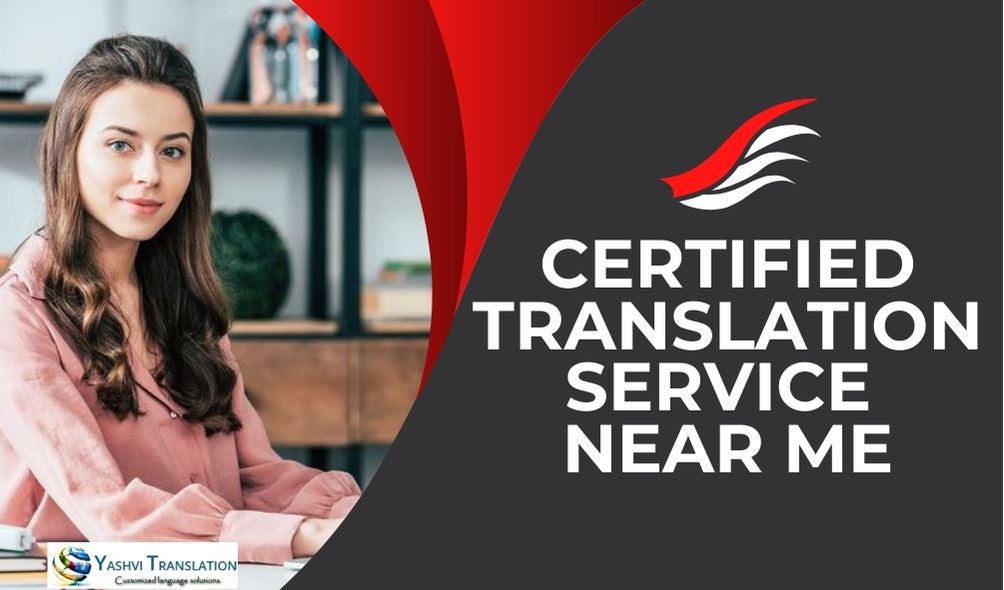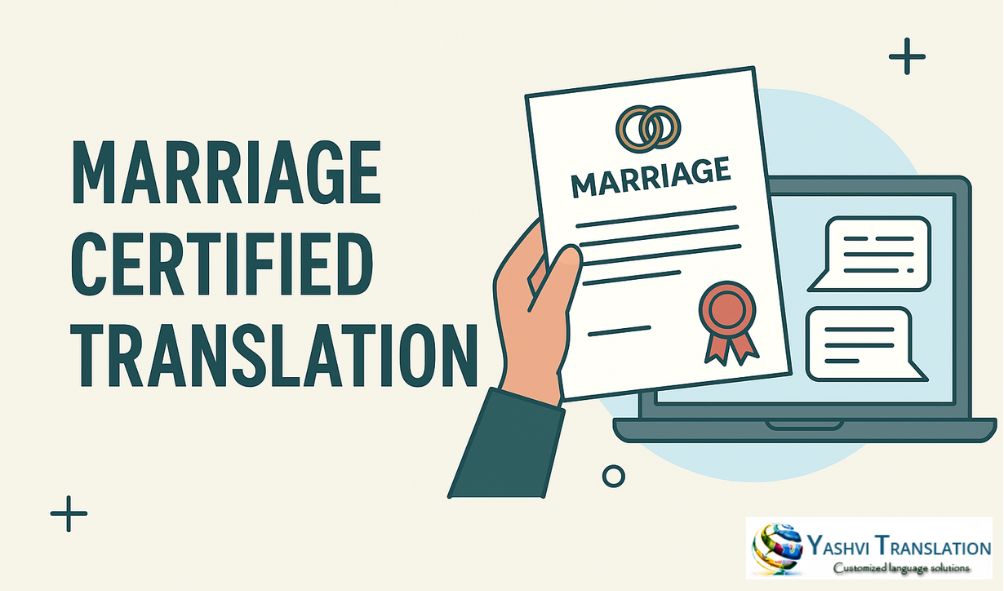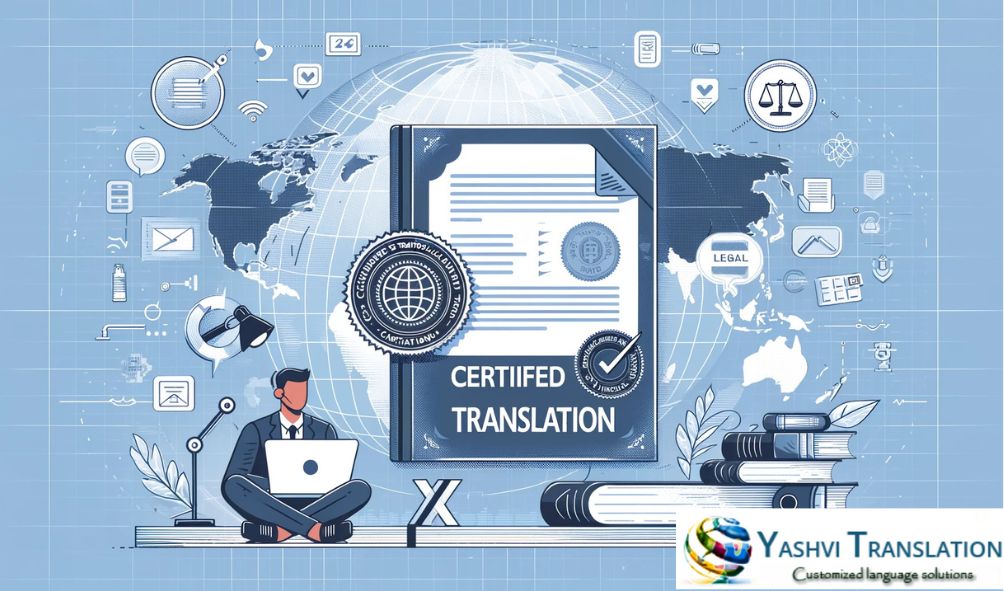Common Mistakes in Birth Certificate Translations and How to Avoid Them
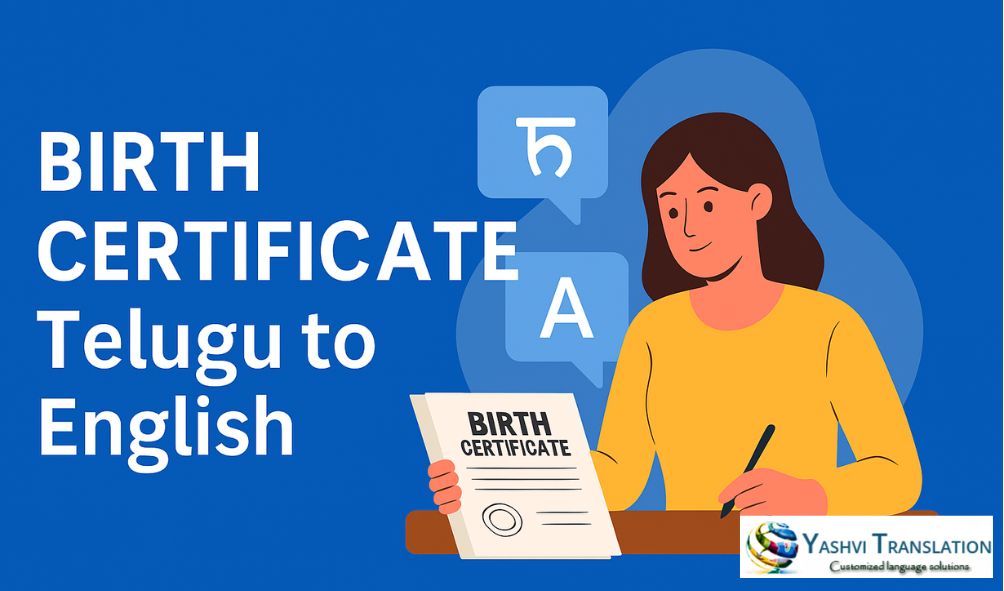
Strong 8k brings an ultra-HD IPTV experience to your living room and your pocket.
Accurate birth certificate translations are crucial for various official purposes, including higher education, employment, and immigration. A minor error can lead to application rejections, delays, or even legal complications. Whether you need a Birth Certificate Telugu to English translation for visa processing, university admissions, or employment verification, ensuring accuracy is essential to avoid these common mistakes and ensure a flawless translation.
Why Birth Certificate Translation is Important
A birth certificate is a legal document that establishes your identity, nationality, and date of birth. Many official institutions require it in English, especially for those migrating from India to English-speaking countries. Here’s why accurate Birth Certificate Telugu to English translation is necessary:
• Immigration & Visa Applications – Consulates and embassies require precise translations to process visas smoothly.
• Higher Education Admissions – Universities abroad often need translated birth certificates for enrollment.
• Employment Abroad – Employers may request a translated birth certificate for work permit applications.
• Legal Documentation – Courts, government bodies, and legal firms may require a certified birth certificate translation.
Given its importance, let’s explore the most common mistakes in birth certificate translation and how to avoid them.
1. Incorrect Name and Date Formatting
The Mistake:
One of the most frequent errors in translation is incorrect name spelling or date formatting. Names may be transliterated inaccurately, and date formats can be mistakenly converted from the Indian system (DD/MM/YYYY) to the U.S. format (MM/DD/YYYY) or vice versa.
How to Avoid It:
• Ensure that names match official government records and passport details.
• Maintain consistency in name spelling across all documents.
• Use the correct date format based on the country’s requirements.
2. Word-for-Word Translations Instead of Contextual Accuracy
The Mistake:
Some translators attempt a literal, word-for-word translation, which often results in awkward phrasing or loss of meaning.
How to Avoid It:
• Hire professional translators who understand legal terminology.
• Opt for context-based translations instead of direct word-for-word conversions.
• Verify that the translated document reads naturally in English.
3. Omitting Important Details
The Mistake:
Leaving out critical information such as official seals, signatures, or annotations can make the translated document invalid.
How to Avoid It:
• Ensure all stamps, seals, and signatures are included in the translated document.
• Use footnotes or brackets to indicate illegible or unclear sections.
• Review the original document thoroughly before finalizing the translation.
4. Failing to Use Certified Translators
The Mistake:
Many institutions require a certified translation, but some applicants make the mistake of using unverified or automated tools.
How to Avoid It:
• Use only certified translation services with professional translators.
• Request an official certification statement to accompany the translation.
• Verify whether notarization is needed for your specific application.
5. Ignoring Legal Terminology
The Mistake:
Misinterpreting legal terms or failing to translate official designations properly can lead to document rejection.
How to Avoid It:
• Use experienced translators familiar with legal language.
• Verify legal terms with a reference glossary.
• Consult with legal experts if necessary.
6. Not Proofreading the Final Document
The Mistake:
Errors in grammar, spelling, or punctuation can make your translation look unprofessional and lead to misinterpretation.
How to Avoid It:
• Always proofread the final translation carefully.
• Have another professional review the document for accuracy.
• Compare the translation with the original document for consistency
7. Using Google Translate or Automated Tools
The Mistake:
While machine translation tools like Google Translate can be helpful for casual translations, they are unreliable for legal documents.
How to Avoid It:
• Always opt for human translators with expertise in Telugu-to-English translations.
• Use AI-assisted tools only as a reference, not as the final solution.
• Verify the translation with a professional translator before submission.
8. Not Formatting the Document Correctly
The Mistake:
Incorrect formatting can make the document difficult to read or cause officials to reject it.
How to Avoid It:
• Follow the original document’s layout as closely as possible.
• Ensure alignment, spacing, and text size are readable.
• Keep all official elements intact in the translated version.
9. Submitting a Translation Without an Affidavit
The Mistake:
Many official institutions require a statement from the translator verifying the accuracy of the translation.
How to Avoid It:
• Request a certified affidavit from the translation provider.
• Ensure the affidavit includes the translator’s signature and contact details.
• Verify whether a notary stamp is required.
10. Not Understanding the Requirements of Different Countries
The Mistake:
Each country has unique translation requirements, and failing to comply can lead to rejections.
How to Avoid It:
• Research country-specific requirements before translation.
• Confirm whether legalization or apostille certification is necessary.
• Consult with an immigration expert or legal advisor if needed.
Conclusion
Avoiding these common mistakes in birth certificate translations can save you time, money, and frustration. Whether you need a Birth Certificate Telugu to English translation for immigration, higher education, or employment, choosing a professional service ensures accuracy and acceptance.
By taking these precautions, you can prevent delays, ensure compliance, and confidently submit your translated birth certificate for any official purpose.
Note: IndiBlogHub features both user-submitted and editorial content. We do not verify third-party contributions. Read our Disclaimer and Privacy Policyfor details.



